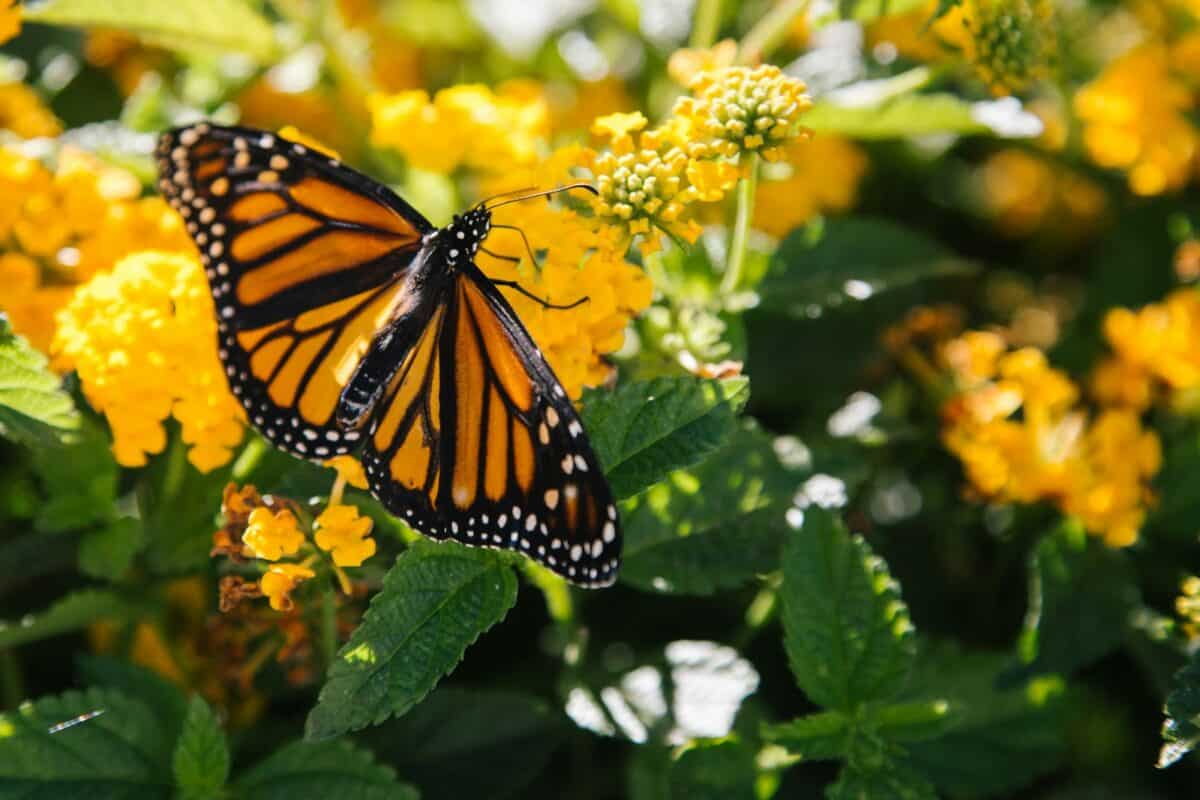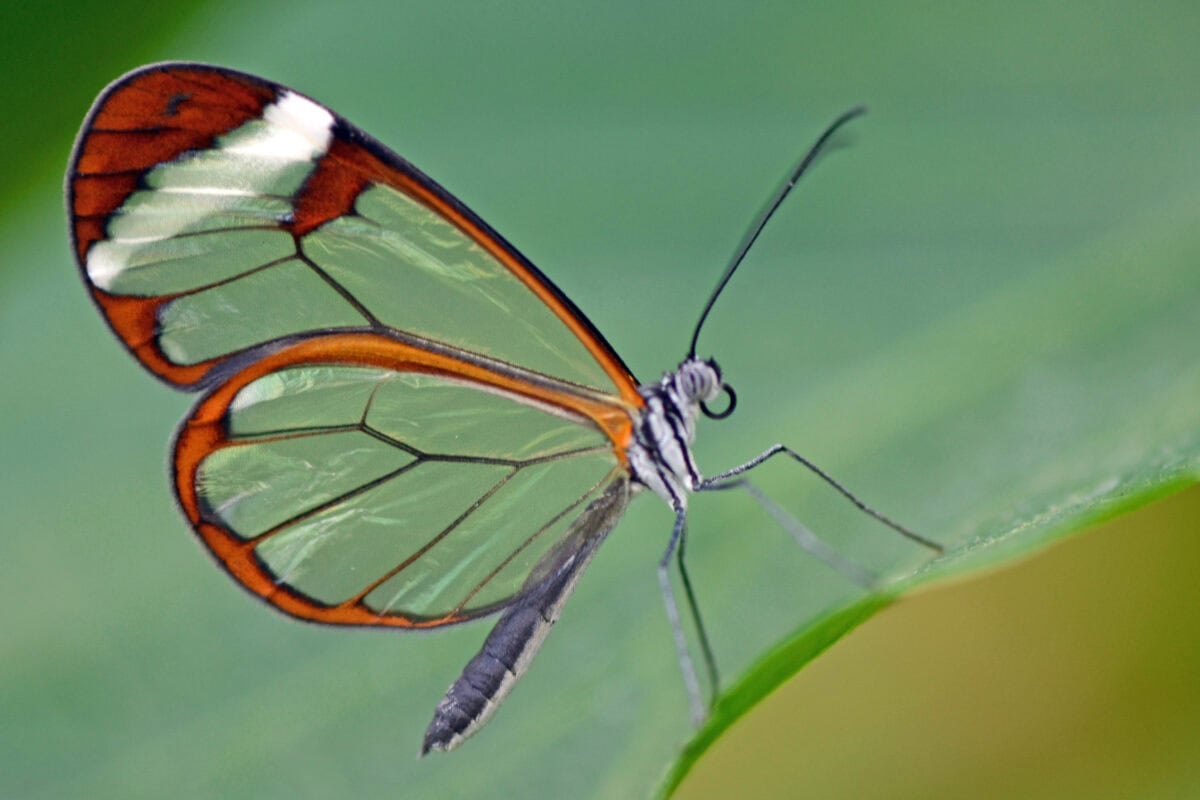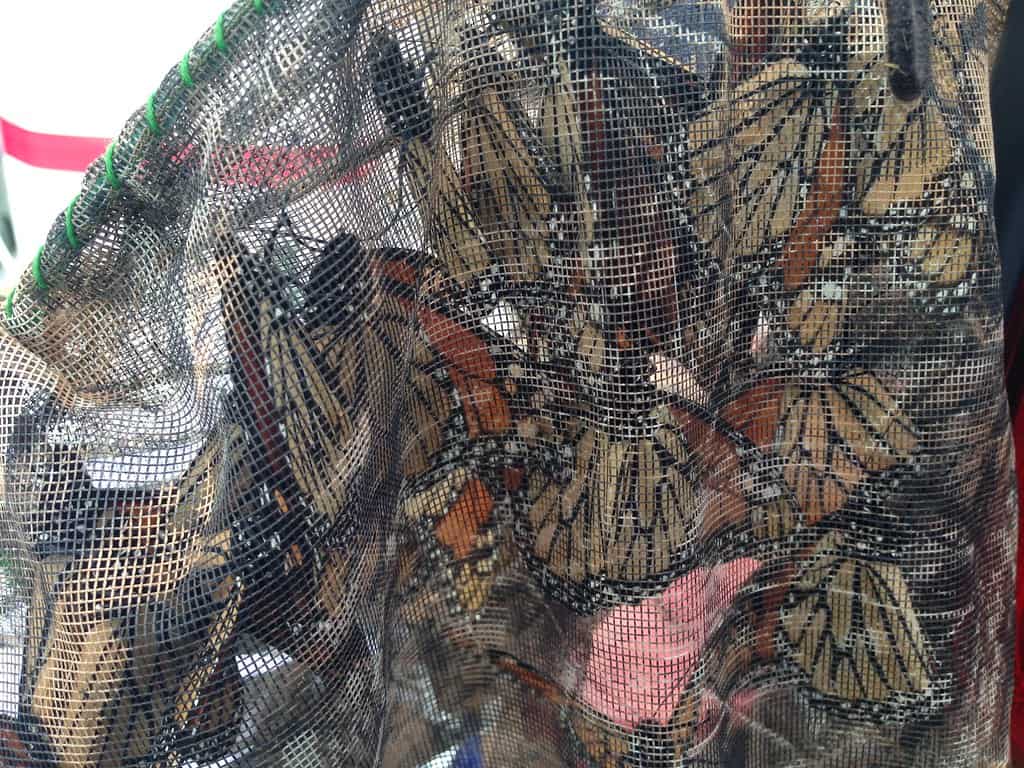The iconic image of a child running through a meadow with a butterfly net has long been associated with innocent summer fun and nature exploration. However, this seemingly harmless activity carries significant implications for butterfly populations, ecosystems, and even the educational value we derive from observing these delicate creatures. As our understanding of conservation and environmental ethics evolves, so too should our approach to interacting with wildlife, including the colorful insects that capture our imagination. This comprehensive article explores why chasing butterflies with nets may no longer be the best practice for nature enthusiasts and offers alternative ways to appreciate these fascinating creatures.
The Declining Butterfly Population Crisis

Butterfly populations worldwide are experiencing alarming declines. According to the International Union for Conservation of Nature (IUCN), approximately 14% of butterfly species are threatened with extinction. The Monarch butterfly, perhaps North America’s most recognizable species, has declined by more than 80% in the last two decades. While butterfly collecting may seem insignificant compared to habitat loss and climate change, every individual butterfly removed from its habitat impacts reproduction rates and genetic diversity. Each female butterfly can lay hundreds of eggs in her short lifetime, meaning that capturing even one butterfly potentially eliminates hundreds of offspring from future generations. In already struggling populations, this small-scale impact multiplied across thousands of collectors creates a significant conservation concern.
Physical Harm and Stress to Butterflies

Butterflies are extraordinarily delicate creatures with wings covered in microscopic scales that easily dislodge with human handling. Even when collectors intend to release butterflies after capture, the process of netting and handling often damages these scales, which are crucial for flight, temperature regulation, and mating displays. The wings themselves, composed of thin membranes, can tear or crease during capture attempts. Research published in the Journal of Insect Conservation has shown that butterflies experience stress responses when pursued, with elevated heart rates and altered flight patterns persisting long after release. This stress depletes their limited energy reserves, which are vital for their already brief adult lives that typically last only 1-2 weeks. For species that don’t feed as adults and rely solely on stored energy, this stress can significantly shorten their lifespan and reproductive opportunities.
Disruption of Ecological Roles

Butterflies serve as critical components in ecosystem functioning, playing roles that extend far beyond their aesthetic appeal. As pollinators, they facilitate plant reproduction for numerous wildflower species, some of which rely specifically on certain butterfly species. When feeding, butterflies transfer pollen between plants, contributing to genetic diversity in plant populations and fruit production. Additionally, butterflies at all life stages serve as food sources for birds, small mammals, and other insects, forming an essential link in the food web. Each butterfly removed from an ecosystem, even temporarily, creates a small disruption in these ecological relationships. In areas already experiencing biodiversity loss, these small disruptions compound existing pressures on fragile ecosystems. Butterfly eggs, caterpillars, and adults each play distinct ecological roles, meaning that interference at any stage affects multiple ecosystem processes.
The Ethics of Wildlife Interaction

Contemporary wildlife ethics increasingly emphasize minimal-impact observation over direct interaction. This shift reflects growing recognition that wild animals, including insects, deserve freedom from unnecessary human interference. The principle of “leave no trace” ethics extends beyond avoiding litter to minimizing behavioral and psychological impacts on wildlife. While butterflies may not experience pain and suffering in the same way vertebrates do, they exhibit stress responses and altered behavior when pursued. The philosopher Peter Singer’s concept of “speciesism” encourages us to question why we might treat butterflies with less consideration than we would larger, more charismatic animals. Would we consider it appropriate to chase and capture wild birds or mammals for momentary observation? As we develop more sophisticated understanding of insect cognition and behavior, the ethical questions surrounding butterfly collection become increasingly relevant to conservation discourse and environmental education.
Legal Considerations and Protected Species

Many butterfly species are legally protected, making their capture potentially illegal. In the United States, the Endangered Species Act protects several butterfly species, including the Mission Blue, Karner Blue, and various swallowtail species. The European Union’s Habitats Directive similarly protects numerous butterfly species across member states. Even in areas without specific butterfly protections, many parks, nature reserves, and wildlife sanctuaries prohibit the collection or disturbance of any wildlife, including butterflies. Violations can result in significant fines. In the United Kingdom, for example, disturbing certain protected butterfly species can result in penalties up to £5,000 or six months imprisonment. International treaties like the Convention on International Trade in Endangered Species (CITES) restrict the transportation of certain butterfly species across national borders, meaning that even educational collections can potentially violate international law when not properly permitted.
The Psychological Impact on Children

The way we teach children to interact with nature shapes their lifelong attitudes toward wildlife conservation. When we encourage butterfly chasing and capturing, we may inadvertently communicate that wildlife exists for human entertainment rather than as independent beings deserving of respect. Research in environmental education suggests that observation-based learning fosters greater empathy and conservation mindsets than collection-based activities. A 2018 study in the Journal of Environmental Education found that children who participated in non-invasive wildlife observation demonstrated more pronounced pro-conservation attitudes than those involved in capture-based activities. Teaching children to observe butterflies without disturbing them helps develop patience, mindfulness, and respect for other living beings. These skills transfer to broader environmental and social contexts, fostering a generation more attuned to conservation needs and ethical wildlife interaction.
The Decline of Scientific Collecting

Historically, butterfly collecting was justified primarily for scientific purposes, with museum collections providing valuable data for taxonomists and evolutionary biologists. However, advances in digital photography, DNA analysis, and non-invasive sampling techniques have dramatically reduced the need for physical specimens in most research contexts. Modern entomologists increasingly rely on high-resolution photography, environmental DNA sampling, and citizen science observations through platforms like iNaturalist to document species distributions and variations. When specimens are needed for scientific purposes, they are typically collected by trained researchers with specific permits and research objectives, not by casual hobbyists. Museum collections still hold immense scientific value, but contemporary curation ethics emphasize the responsible acquisition of specimens, often through salvage of already deceased individuals rather than deliberate collection of living specimens. This shift reflects both technological advancements and evolving ethical standards within the scientific community.
Alternative Methods for Butterfly Appreciation

The good news is that abandoning butterfly nets doesn’t mean ending our fascination with these insects. Digital photography offers a non-invasive way to “collect” butterflies, with modern cameras capable of capturing wing details invisible to the naked eye. Planting native butterfly gardens creates opportunities to observe the complete life cycle from egg to adult in a natural setting while actively supporting conservation. Citizen science programs like the North American Butterfly Association’s annual butterfly count or the UK’s Big Butterfly Count allow butterfly enthusiasts to contribute meaningful data to conservation efforts while observing rather than capturing. Wildlife blinds and specially designed butterfly observation areas in nature centers provide excellent viewing opportunities without disturbing natural behaviors. These alternative approaches often yield more authentic and educational experiences than brief encounters with captured specimens, as they allow observation of natural behaviors like feeding, courtship, and egg-laying that captive butterflies rarely display.
The Educational Value of Observation vs. Collection

Contrary to traditional belief, observation-based learning about butterflies often provides richer educational experiences than collection-based approaches. When observing butterflies in their natural habitat, students can witness behavioral patterns, ecological interactions, and life cycle stages that are impossible to appreciate with captured specimens. Digital field guides and butterfly identification apps have made species identification increasingly accessible without physical specimens. Research in science education demonstrates that students develop stronger critical thinking skills and scientific inquiry abilities when engaged in observational studies rather than collection-based activities. Observation encourages questions about behavior, habitat preferences, and ecological relationships—questions that don’t arise when examining a captured butterfly. Additionally, long-term observation projects teach valuable lessons about patience, data collection, and the scientific process that align more closely with contemporary scientific practices than traditional collecting.
Butterfly Photography: The New Collection

Photography has revolutionized the way enthusiasts “collect” butterflies, offering significant advantages over traditional netting. Modern digital cameras with macro capabilities can capture extraordinary details of butterfly anatomy and behavior without any physical contact. Unlike physical specimens that fade in collections, photographs maintain their color and detail indefinitely while providing precise location and date data through embedded metadata. Social media platforms and nature identification communities like iNaturalist allow photographers to share discoveries, obtain expert identifications, and contribute to scientific knowledge. Wildlife photography also teaches valuable skills in patience, observation, and technical expertise that transfer to many other contexts. The challenge of photographing active butterflies often proves more rewarding than the relatively simple act of netting them, providing a sense of achievement while developing genuine naturalist skills. For those concerned about documentation, photographic collections can be organized systematically with the same scientific rigor as physical collections but without the ethical concerns.
Creating Butterfly-Friendly Environments

Perhaps the most constructive alternative to butterfly collecting is creating habitats that support their entire life cycle. Planting native nectar sources for adults and host plants for caterpillars provides essential resources for complete butterfly development. Eliminating pesticides from gardens removes a major threat to butterfly populations, as many common garden chemicals are lethal to butterflies at all life stages. Installing butterfly puddling stations—shallow dishes with sand and mineral-rich water—attracts butterflies seeking nutrients and provides excellent observation opportunities. Leaving sections of gardens “messy” with leaf litter and natural debris provides crucial overwintering habitat for chrysalides and hibernating adults of certain species. Creating these butterfly-friendly environments not only offers superior educational opportunities but actively contributes to conservation efforts. The National Wildlife Federation’s Garden for Wildlife program provides certification for gardens that meet butterfly habitat requirements, offering recognition for conservation-minded gardeners while educating visitors about butterfly-friendly practices.
Teaching Responsible Wildlife Ethics to Children

Children naturally curious about butterflies can be guided toward responsible interaction through thoughtful educational approaches. Nature journaling encourages careful observation and documentation without physical capture, developing both scientific and artistic skills. Participating in organized butterfly counts and monitoring programs teaches systematic observation while contributing to real scientific research. Reading age-appropriate books about butterfly conservation helps children understand the challenges these insects face and how human actions affect their survival. Role-playing activities where children imagine themselves as butterflies navigating habitat challenges can build empathy and understanding of butterfly needs. When discussing butterflies with children, emphasizing their role in ecosystems rather than just their beauty helps develop ecological thinking. Programs like the Junior Ranger Butterfly Ambassador program in U.S. National Parks provide structured educational experiences that teach butterfly appreciation without capture. These approaches satisfy children’s curiosity while instilling conservation values that will influence their relationship with nature throughout their lives.
Conclusion: A New Approach to Butterfly Appreciation

As we navigate the challenges of the 21st century’s biodiversity crisis, even our smallest interactions with wildlife deserve reconsideration. Transitioning from butterfly chasing to butterfly watching represents a meaningful step toward more ethical and sustainable nature appreciation. This shift doesn’t diminish our connection to these fascinating insects—rather, it deepens it through more thoughtful and less disruptive engagement. By teaching younger generations to observe rather than capture, we cultivate both scientific curiosity and conservation ethics that will serve them throughout their lives. The butterfly net, once a symbol of naturalist exploration, can be respectfully retired in favor of cameras, binoculars, and field journals that allow us to document and appreciate butterflies while ensuring they remain where they belong—flying freely in our shared natural world.
- Urban Growth Is Draining U.S. Waterways - August 18, 2025
- Wombats Dig Tunnels Like Engineers - August 18, 2025
- This Bird Sets Forests on Fire - August 17, 2025

